That is Joey Mesa's site and he has a good video to walk you through the gluing process.
Tire choice is important. You want something fast, but you also want something with some puncture resistance. To get an idea of which tires roll fast, I use the spreadsheet at http://www.biketechreview.com/tires_old/images/AFM_tire_testing_rev9.pdf
You can see that the difference it takes to keep the fastest Vittoria rolling and a Bontrager Sport is over 11 watts per tire. Sure, that is an extreme example, but even when looking at two tires that are considered high quality, there is a noticeable different. A Vittoria Corsa Evo CX (my choice for race day) takes 12.3 watts to keep it rolling. A Conti GP4000S (my training tire) takes a little over 15. That is 3 watts per wheel...and that is still a pretty big difference.
The flip side is that the GP4000S is a much more durable tire. I get about 7000 miles out of a set. I get about 700 (1/10th) out of those vittorias before I see a bunch of little cuts.
You'll also notice in that chart that the Conti tubulars don't perform very well. That is because they use butyl tubes in their tubulars instead of latex. The fast tubulars, such as Vittoria's, use latex.
They sell latex tubes for clinchers too, but they are tough to find locally at times. I bought the last one from Schlegel's two weeks ago, but they should have some soon. You can see by that chart that a latex tube takes about 2 or 3 less watts to keep rolling. That's a great upgrade for $15 per tube. That is probably similar savings to a $1000 set of wheels for $30. Some people will tell you latex tubes aren't flat resistant, but that simply is not true. Do some research. They are just as durable as butyl tubes in my experience. They are also lighter.
So once you have your tire picked out and some latex tubes in your hand, you'll have two more decisions to make. Do you want to keep the tubes light, or do you want to add some stan's liquid latex or Slime? Last year I ran them without any sealant. This year I'm going to give Stan's a try. It is cheap, doesn't have side effects other than a little extra weight, but if it works to just seal one flat, it was worth it.
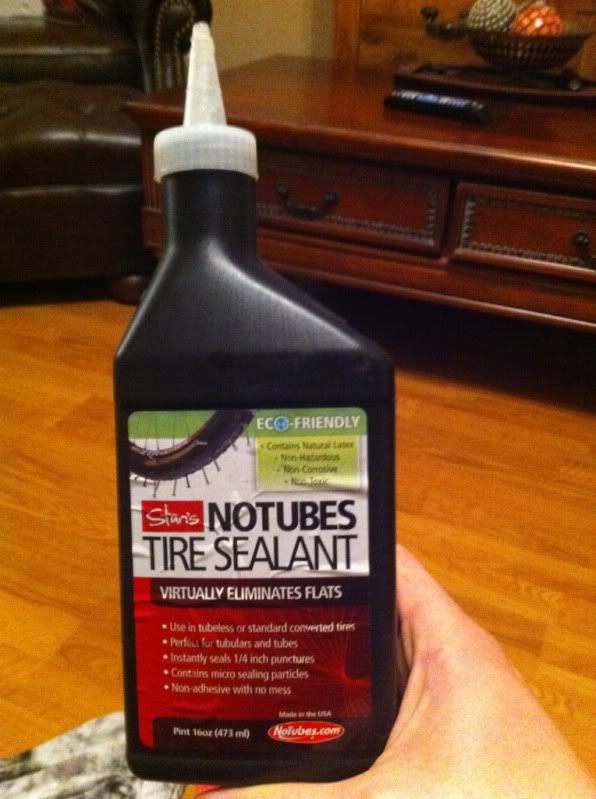
The vittoria latex tubes (and most others) have a removable valve core.
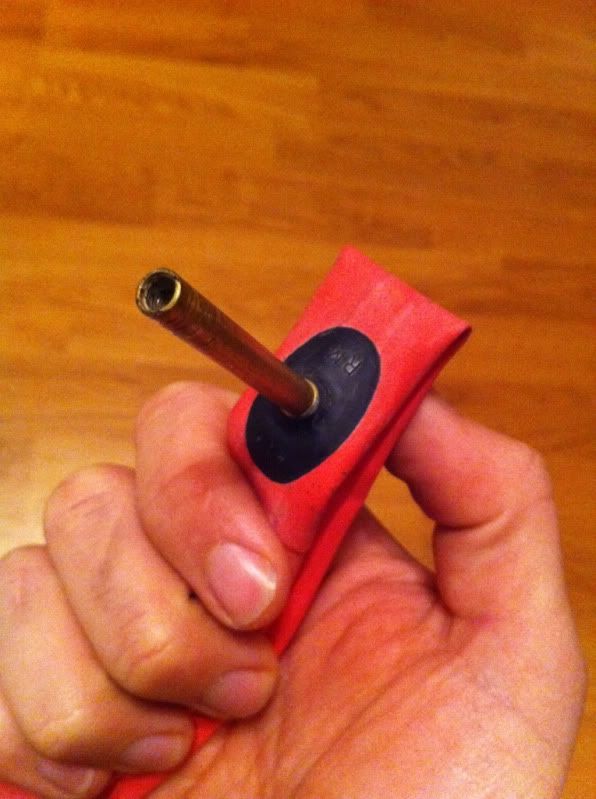
Pour about 100ml of sealant into each tube. These stans bottles come with a plastic tip that butts up against the valve. It barely spills a drop when you tip the bottle upside down and squeeze it in.
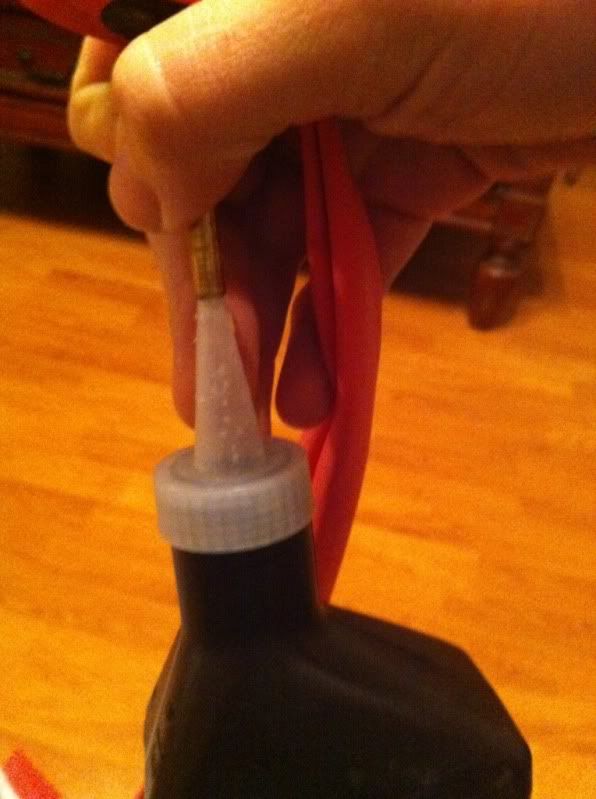
The next question is what type of valve core extender you will use. There are the type that screw over the existing valve core. To let air out of the tire, you'll have to stick something in the extender to push down on the pressure release. I prefer the extenders that replace the existing valve core. They screw into the tube and basically just make the valve stem longer. These seem a little more reliable to me.
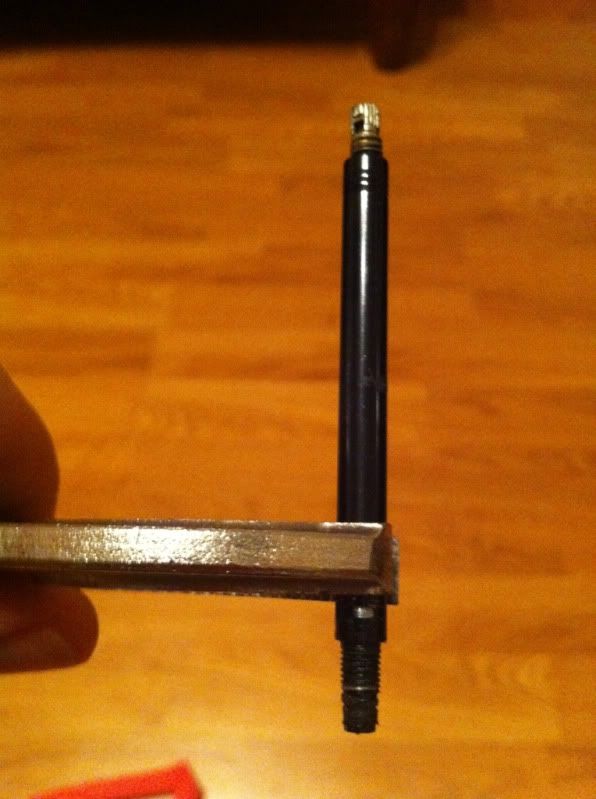
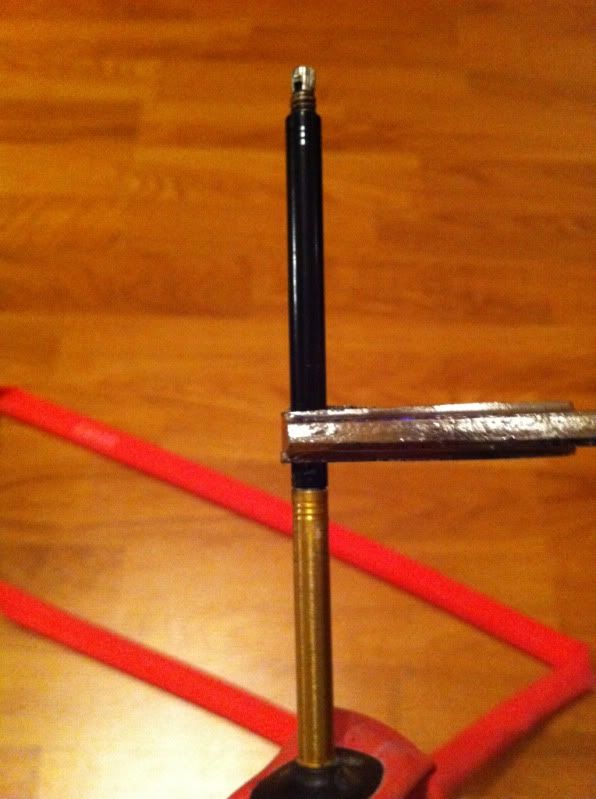
Installation of the latex tube is the same as any other. Take extra care not to pinch the tube. They are more thin than butyl tubes and pinch easier. The liquid latex won't help you here.

No comments:
Post a Comment